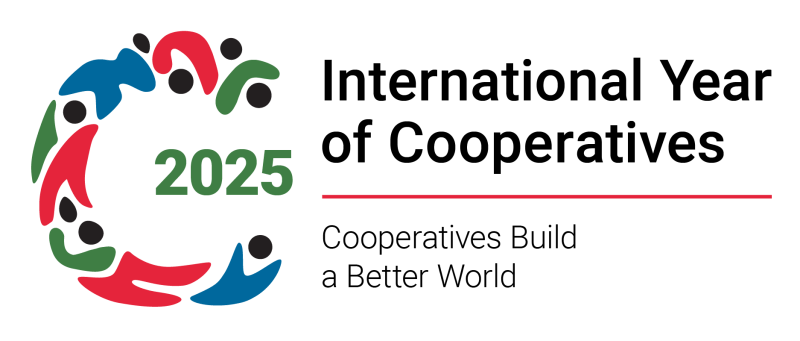GRADING OF ITI'S
Directorate General of Training (DGT) under the aegis of Ministry of Skill Development and Entrepreneurship (MSDE) – has decided to grade all the ITIs across the nation on the basis of some key parameters. The grading shall provide a “benchmark for comparison” amongst the institutes. The objective of conducting grading exercise for ITIs is identify the good performing institutes and on the basis of their best practices provide an opportunity to the institutes lagging behind in some of the parameters, to improve upon. The scoring shall be done against each of the defined parameters.
Grading shall enable various stakeholders like ITIs, RDSDEs, State Directorates and DGT to find out the key areas where they can improve further for overall strengthening of Vocational Education and Training Ecosystem.
Further, MSDE aims to identify ITIs to become “World Class” training institutes which shall be recognized for their training standards and practices, not just in India but abroad. These ITIs will act as model institutes for others to emulate and will provide strategic direction to industrial training in India.
Data Driven Grading Methodology (DDGM)
A new system, Data Driven Grading Methodology ((DDGM), is developed and henceforth adopted for grading all existing ITIs using the parameters/information available on the DGTMIS portal. To assign new grading value to ITIs, data parameters currently available in MIS portal relating to performance and quality of training in ITIs are used to grade the ITIs on a scale of 0 to 10.
Following parameters used for generation of grading scores
| Sl. No. |
Parameters |
Weightage assigned (%) |
| 1 |
Admission percentage |
35 |
| 2 |
Female admission percentage |
5 |
| 3 |
Trade Diversity (New emerging Trades /Non-Engineering Trades) |
5 |
| 4 |
Pass percentage |
35 |
| 5 |
Computer Based Test (CBT) examination participation percentage |
5 |
| 6 |
Average marks percentage of all the trainees appeared in CBT exam |
5 |
| 7 |
Dual System of Training (DST) enrolled trainee’s percentage |
5 |
| 8 |
SC/ST/PwD enrolled trainees’ percentage |
5 |
The DDGM grading system is based on the data driven parameters available on the portal with the least amount of human interference. Grading of ITIs is generated automatically. The grading is also dynamic and can improve/ go down every year depending on the performance of the ITI in the last year. It will be published on DGT MIS portal for every ITI and visible to stakeholders/public. All the information/ scores against each parameter are available in public domain for transparency. The new methodology has been implemented for the ITIs via DGT Office Memorandum No. DGT-27/2022-ITCell dated 23rd March 2023. Subsequently, via DGT Circular No. DGT-27/2022-ITCell dated 11th April 2023, DGT has generated the Grading scores for 14,681 ITIs and published the same for the information of the stakeholders.
| Grading Range |
No. of ITIs |
| less than 2 |
883 |
| 2 to less than 4 |
1,808 |
| 4 to less than 6 |
4,670 |
| 6 to less than 8 |
5,464 |
| 8 to 10 |
1,856 |
| Total |
14,681 |

Under the above Grading Methodology, two levels of grievance redressal mechanism are also available with ITIs to resolve the issues related to grades assigned to ITIs. Two levels of grievance mechanism are:
a) Grading Grievance Redressal Committee (GGRC): The ITIs can submit their grievances to the committee comprising of one Director level officer of DGT and State Directorate representative of the concerned State, in case they are not satisfied by the grading score.
b) Appellate Committee: Appellate Committee will review the appeals raised by ITIs which are not satisfied with the draft grades approved by Grading Grievance Redressal Committee. The appellate committee is constituted of Director General (Training) as chairperson and two other officers of DDG and Director rank as members.
The ITIs were given 15 calendar days to submit their grievances regarding grading score with evidences to DGT from the date of allocation of final grades.
Eligibility of ITIs for affiliation
ITIs with grade of 4 (out of 10) and above will be eligible for addition of trades/units for affiliation.
To download individual grading score cards of ITIs: click here
Grading of ITIs in Phase-II:-
Grading in Phase-II was launched in 2019. It was mandatory for all ungraded ITIs across the nation. Also, the ITIs graded in Phase-I were encouraged to participate. Total 12352 ITIs were graded in Phase-II. 1128 ITIs were satisfied with their Phase-I grades. Combining both Phase-I and Phase-II grades, total 13480 ITIs in country have been graded.
Grading of ITI has been done on the basis of “Framework and Methodology” document of Grading of ITIs in Phase-II. Grading framework defines the categories and parameters of grading as well as the weightage assigned to these parameters. There are 27 parameters classified into 5 categories. Each parameter has a score of 0 to 5 and have relative weights as per their importance within the category. The Five categories each having weightage of 20% are as following:

DGT awarded contract to a third-party agency (M/s ICRA Analytics) to conduct physical verification/ data collection and assign tentative grades to ITIs after due procedure as per “Framework and Methodology” document.
Grading phase-II is an online process with extensive use of technology. The methodology for grading of ITIs includes the following steps:

Final grades of 12352 ITIs graded in Phase-II have been released on DGT website after addressing all the grievances and appeals raised by ITIs on portal as per “Framework and Methodology” document of Grading of ITIs in Phase-II.
Grading of ITIs in Phase-I:-
As this exercise was launched for the first time therefore it was voluntary exercise for ITIs. It started in November 2017. Total 4811 ITIs participated in this exercise. Final grades were published on DGT/NCVT MIS website in June 2018.
Download Guidelines/Order/Circulars













